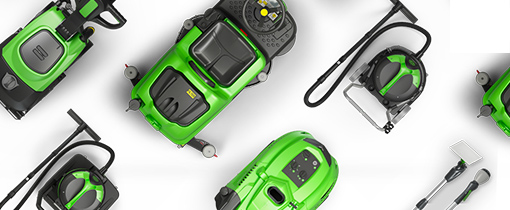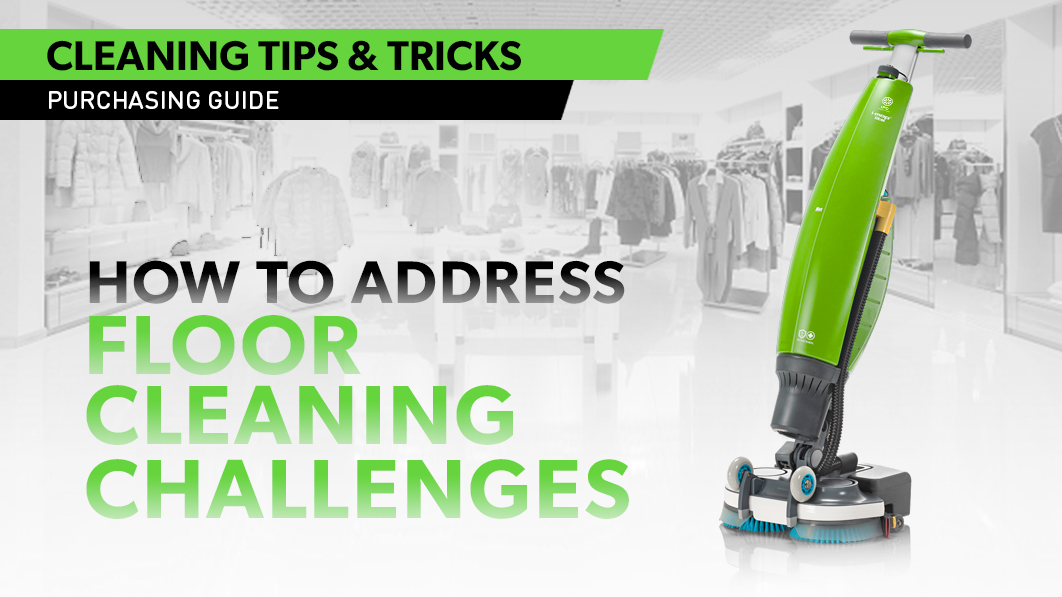
When a spill spreads across a busy corridor, or dust builds up in a warehouse overnight, your cleaning strategy is truly put to the test. Routine sweeping and mopping are not always enough. Modern facilities face cleaning challenges that directly affect safety, efficiency, and day-to-day operations. Here’s how organisations can approach six of the most common scenarios effectively:
1. Cleaning Heavy Foot Traffic and Wet Floors
High-traffic areas demand constant attention. Dirt, debris, and wet surfaces can quickly create slip hazards, particularly when cleaning must take place during operational hours. Floor cleaning machines with strong water pick-up and rapid-drying capabilities keep pathways safe and presentable, reducing risks without slowing down staff or visitors.
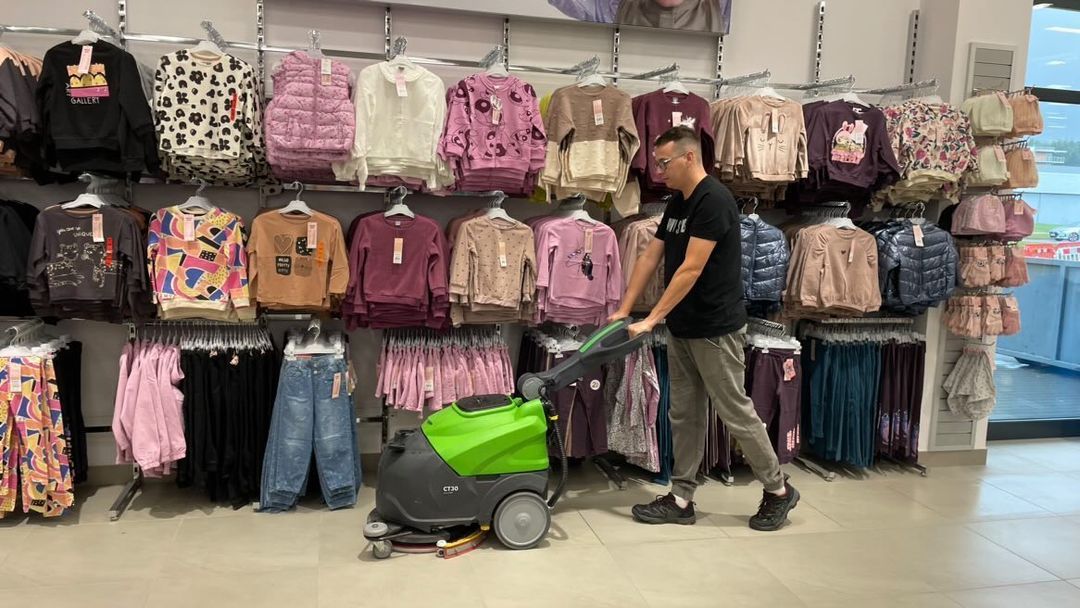
2. Cleaning Tight Spaces
Bathrooms, kitchens, and narrow corridors often seem suited only for manual mopping. Yet compact floor scrubbers such as the i-mop® Lite and the CT5 or CT15 are designed to move easily through confined spaces, delivering thorough results with minimal chemical use. Paired with manual floor tools for quick spot cleaning, this approach offers flexibility, efficiency, and complete coverage.
3. Cleaning Carpeted Areas
Carpets bring comfort and character to facilities but require extra care in high-traffic environments. Wet extractors and vacuums cleaners allow teams to manage spills, dust, and debris safely and effectively. Choosing the right vacuum cleaner for the size and type of carpet helps to ensure hygiene and appearance are maintained, all without interrupting workflow.
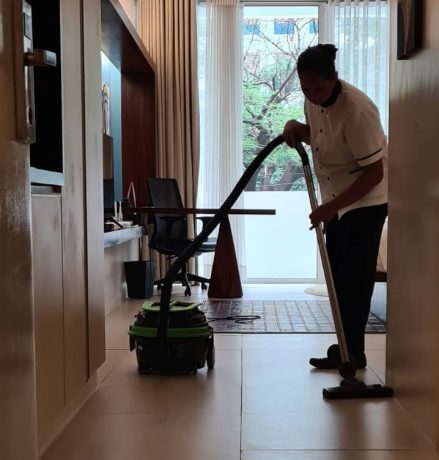
4. Cleaning Schools and Educational Facilities
School cleaning sometimes takes place while lessons are in progress, making noise and disruption major concerns. Corridors, classrooms, and shared spaces therefore benefit from low-noise vacuum cleaners and mobile cleaning carts such as the Brix School, which maintain hygiene without disturbing learning. A combined approach—machines for efficiency and manual cleaning tools for detail work—helps to ensure complete results. Just as importantly, adopting a colour-coding system helps prevent cross-contamination, simplifies staff training, and streamlines daily routines, especially where multiple cleaners share equipment.
5. Cleaning Healthcare Facilities
Hospitals and clinics present the most demanding cleaning environments. Floors here play a vital role in infection prevention, requiring teams to manage biological materials safely while reducing contamination risks. Specialised equipment with HEPA filtration and hygienic construction helps protect patients, staff, and visitors.
6. Cleaning Warehouses and Large Facilities
Industrial spaces generate significant dust and particulates that can compromise both safety and productivity. Large floor cleaning machines such as the CT231, efficiently remove debris and maintain clean surfaces. Investing in robust solutions supports long-term safety standards and operational performance.
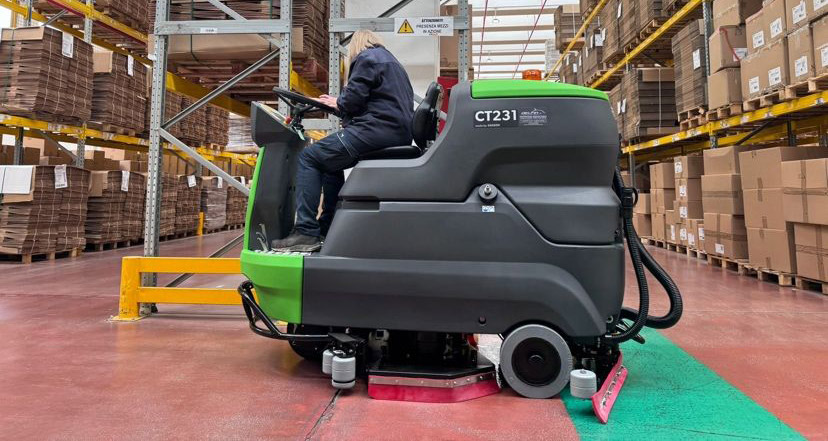
Finding the Right Balance
No single solution suits every facility. A balanced mix of cleaning machines and manual tools allows teams to respond to routine and unexpected cleaning needs, from narrow corridors to large industrial floors.
Smart cleaning strategies improve safety, hygiene, and efficiency, helping to ensure environments remain functional and welcoming.
By understanding each environment’s unique challenges and adopting the right approach, organisations can maintain high cleanliness standards while supporting staff productivity, visitor safety, and operational continuity.
For more insights into effective cleaning strategies, contact our team to discuss solutions tailored to your facility.
